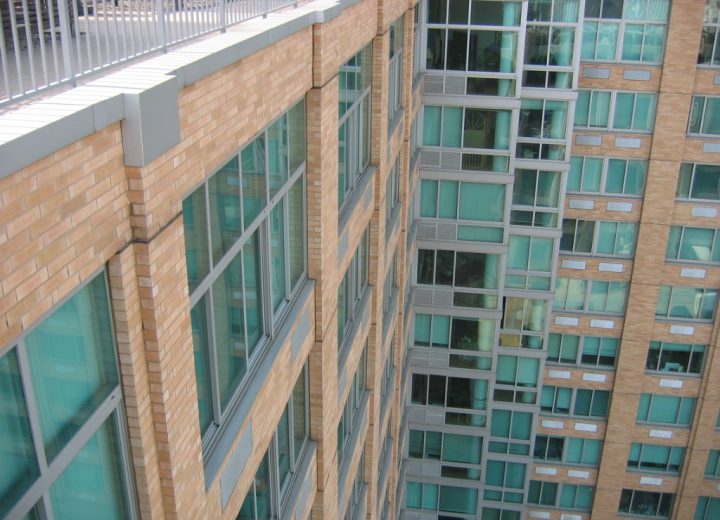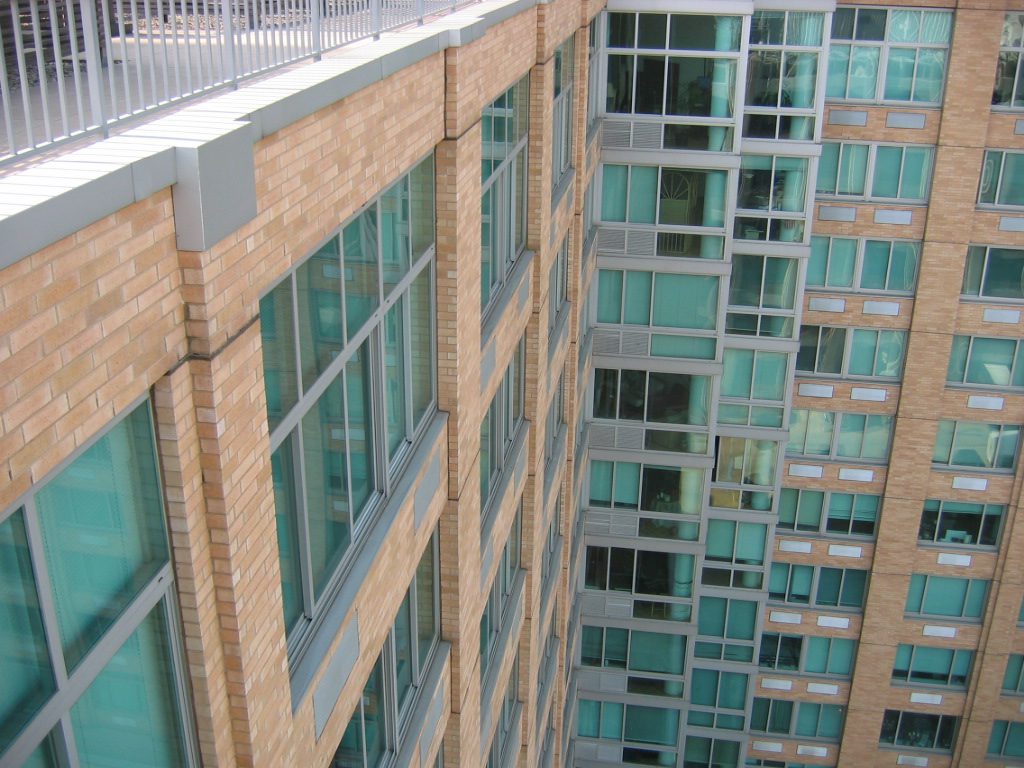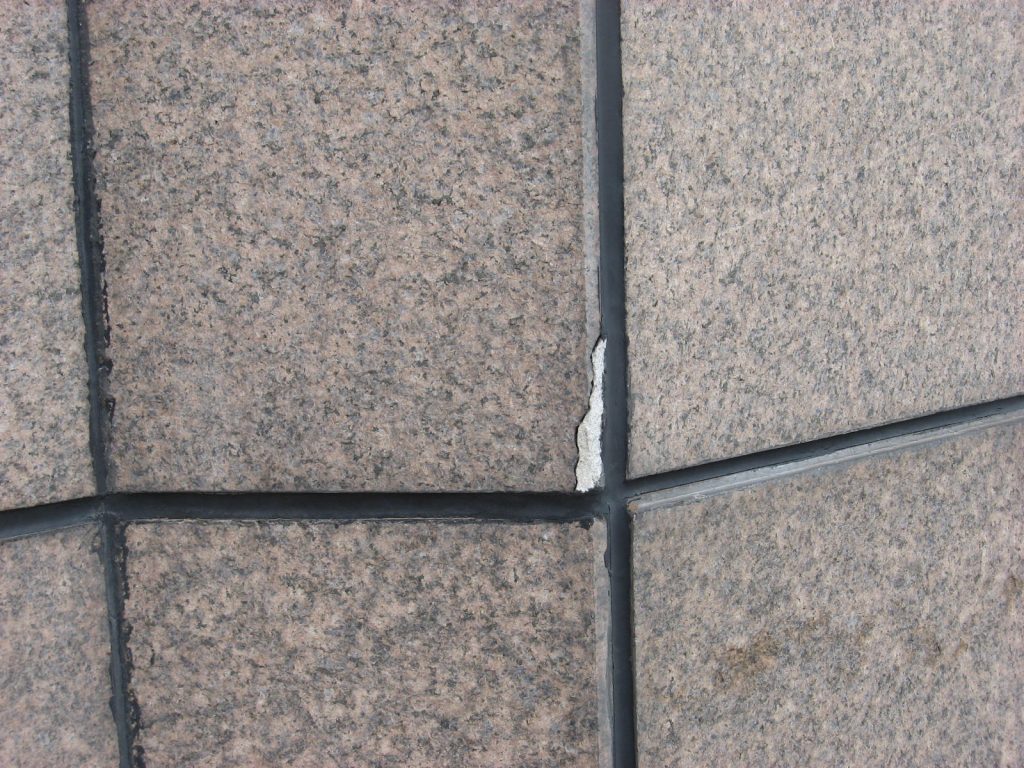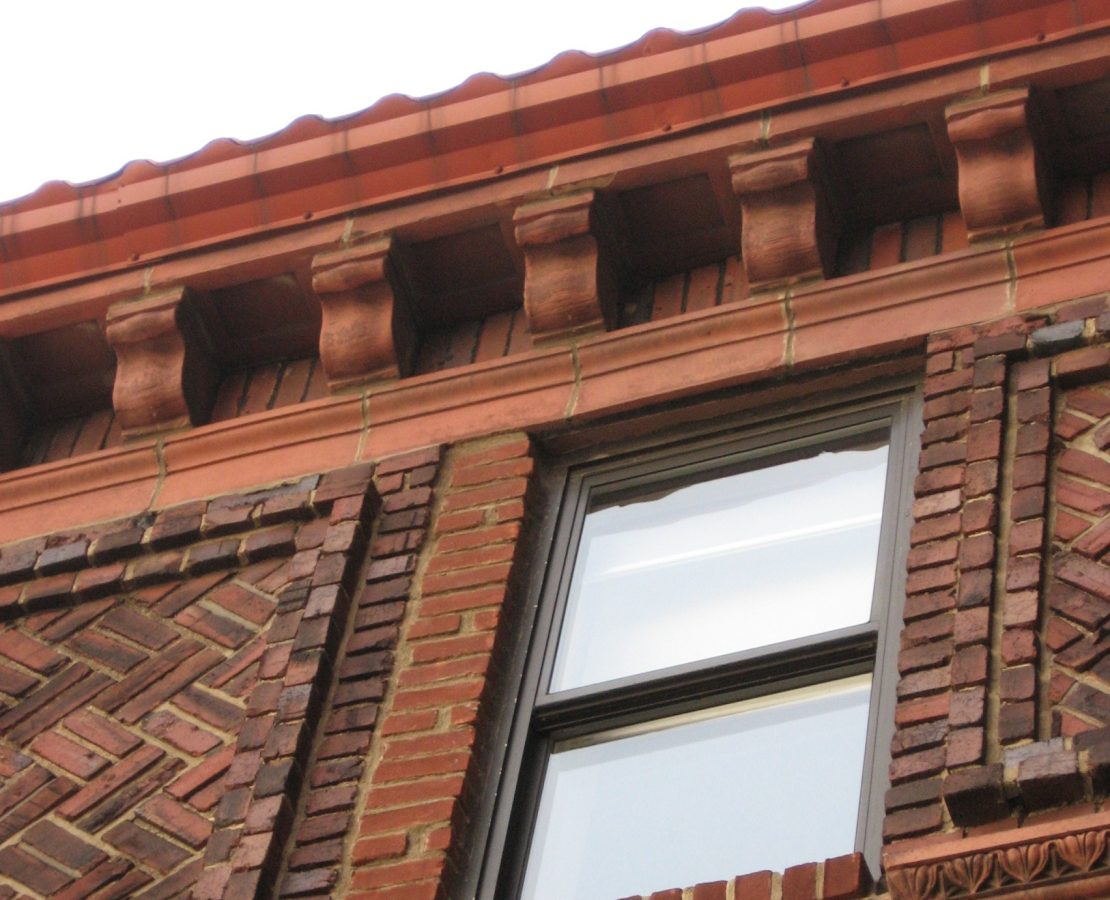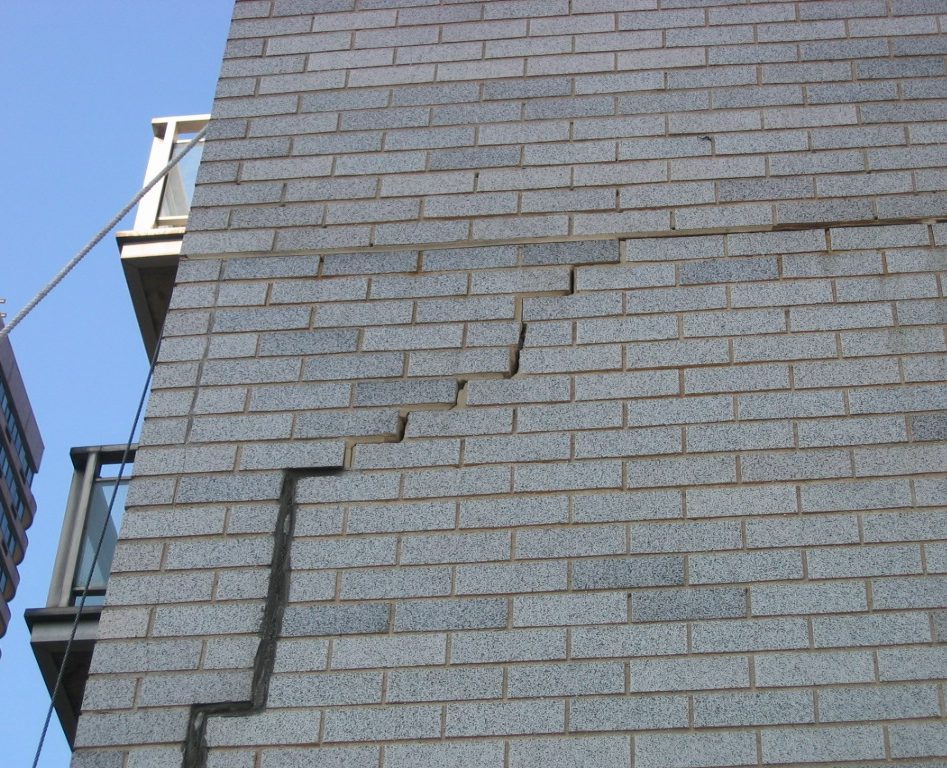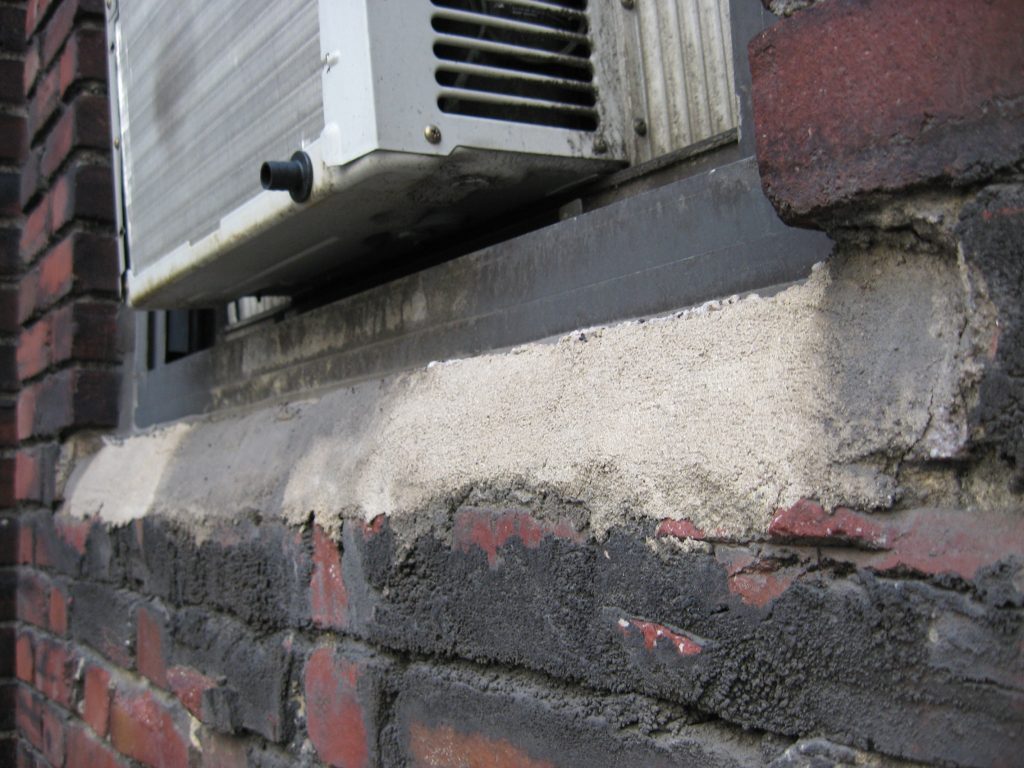Hoffmann Architects Prepares Building Owners and Managers for Local Law 11 Cycle 7
February 2, 2009 – Hoffmann Architects, an architecture and engineering firm specializing in the rehabilitation of building exteriors, discusses changes to Local Law 11 filing rules and advises building owners and managers on preparing for the upcoming inspection cycle.
Background
Shortly after a falling piece of masonry from a university apartment building struck and killed a Barnard College freshman, New York City Local Law 10 of 1980 was enacted to prevent the recurrence of such a tragedy. The law required that buildings of seven or more stories undergo periodic inspections of street-facing facades. In 1998, Local Law 11 tightened regulations to include all exterior walls, with evaluations performed via scaffolding for close inspection. Now, all buildings six or more stories would be required to file periodic reports listing probable causes of deterioration, as well as timetables for repair. Buildings were then classified as “Safe,” “Unsafe,” or “Safe with a Repair and Maintenance Program” (thereafter known as “SWARMP”).
